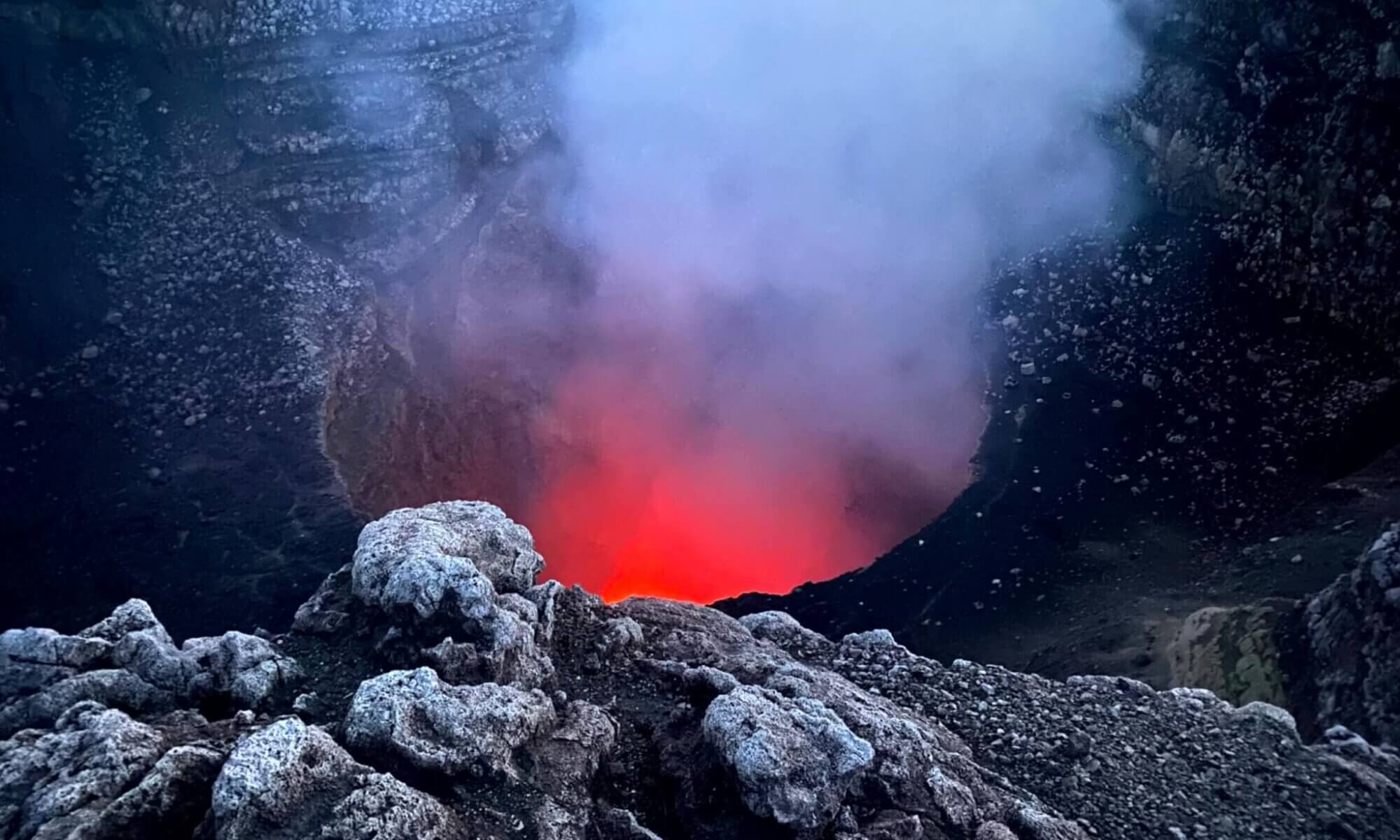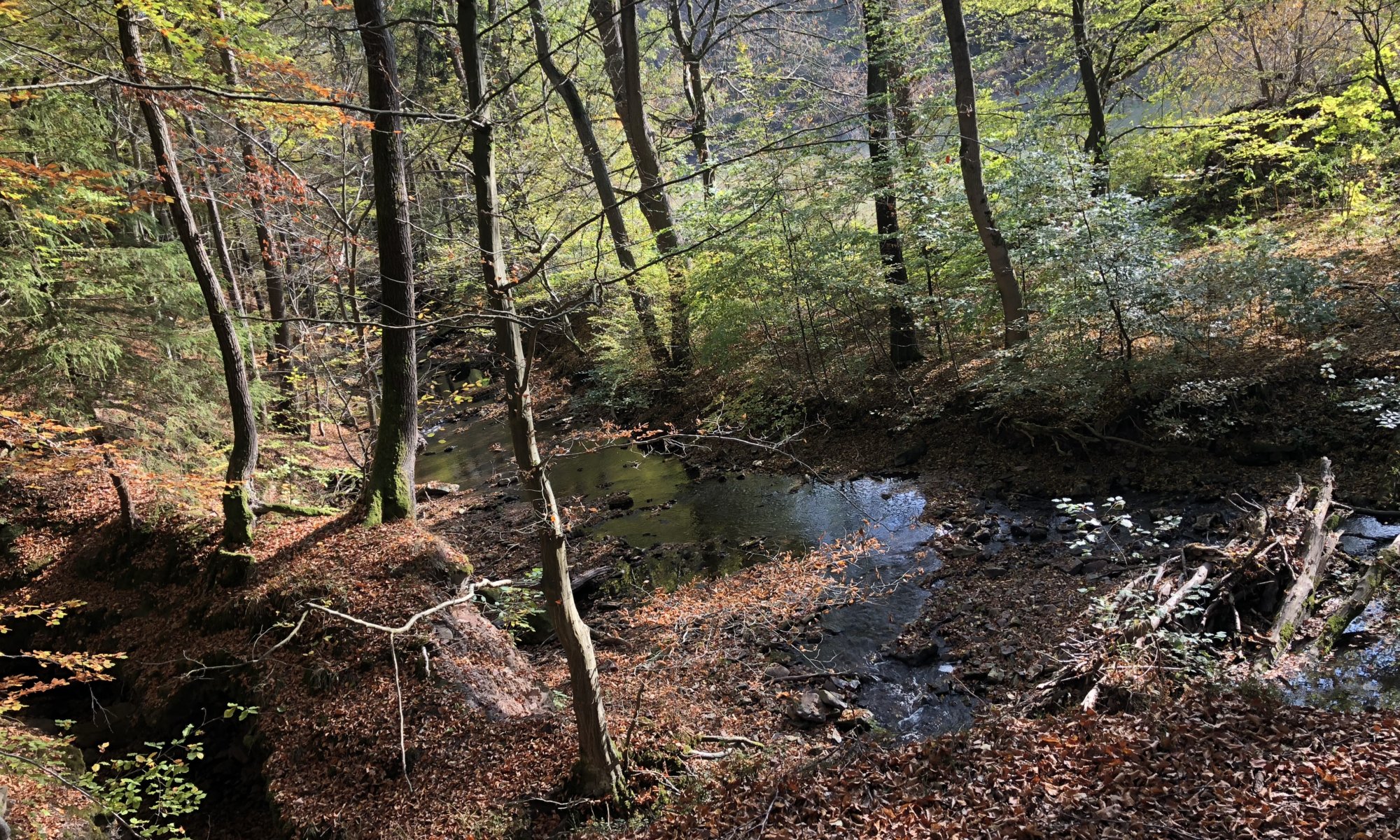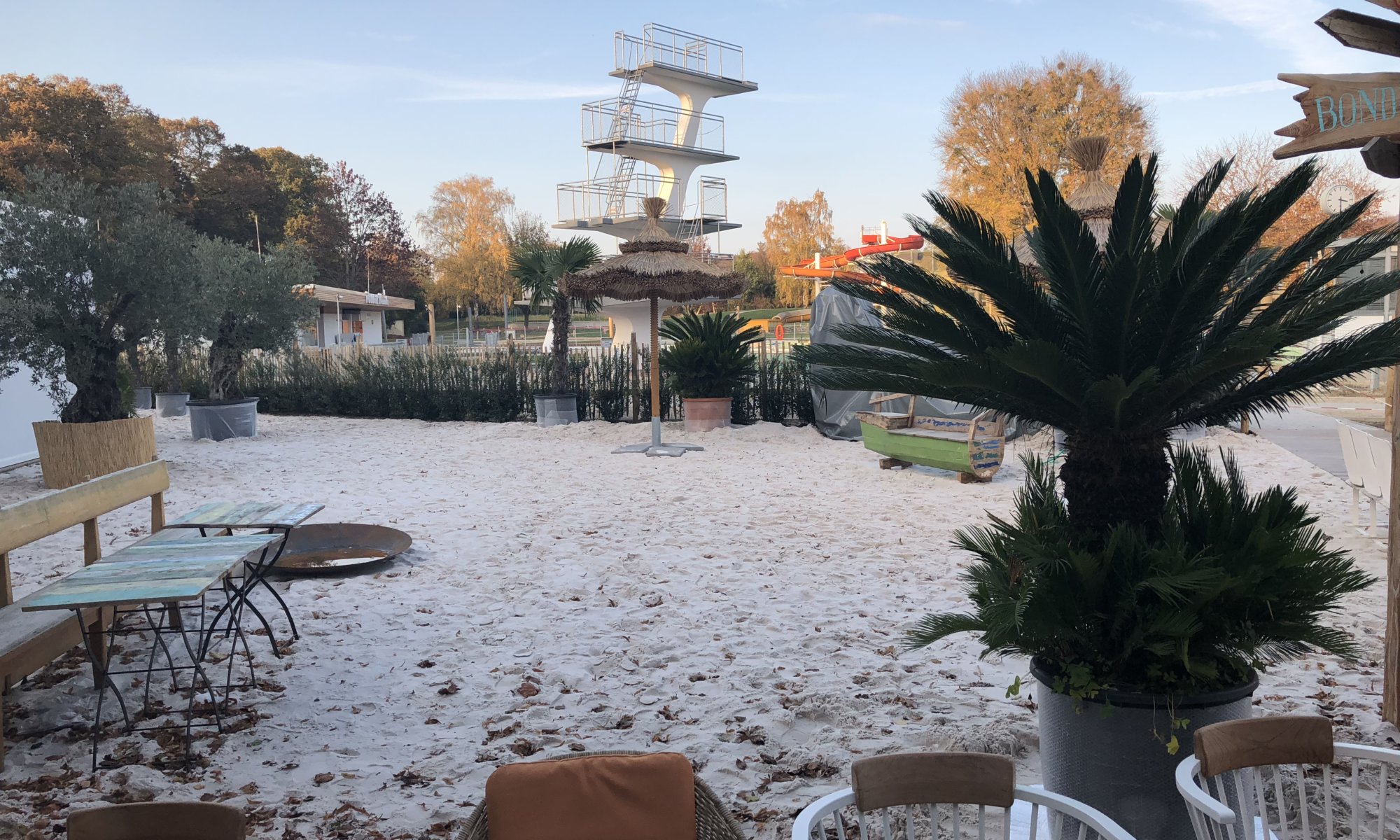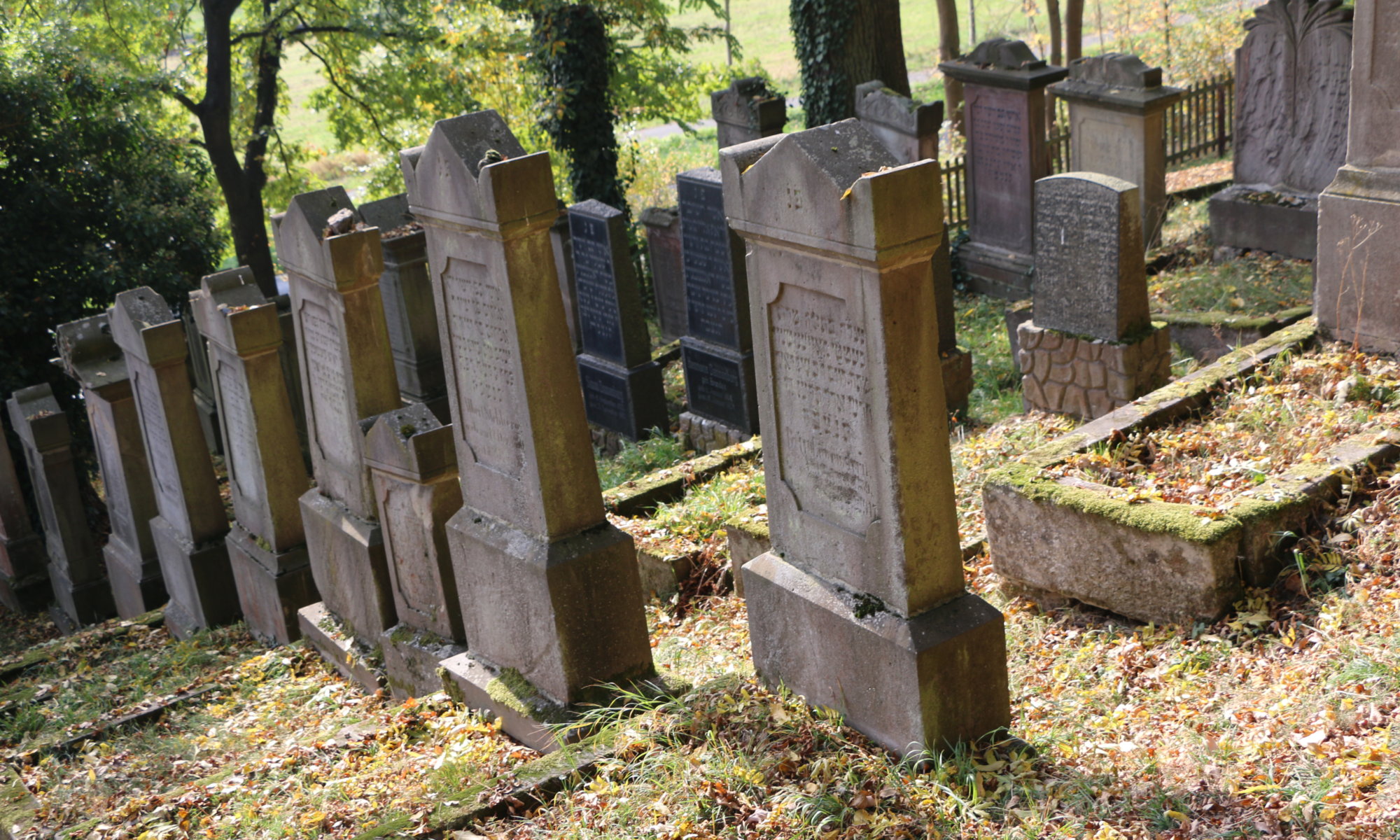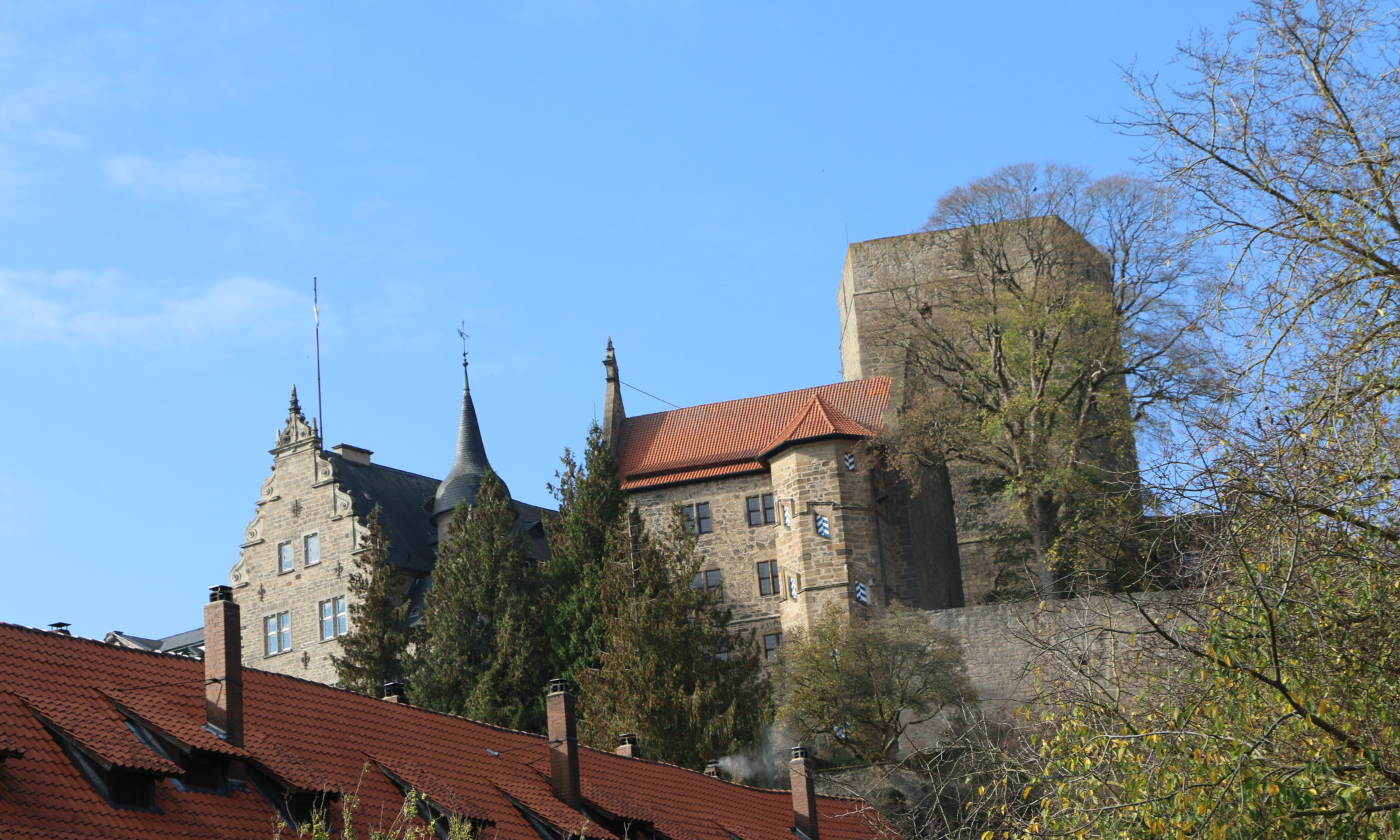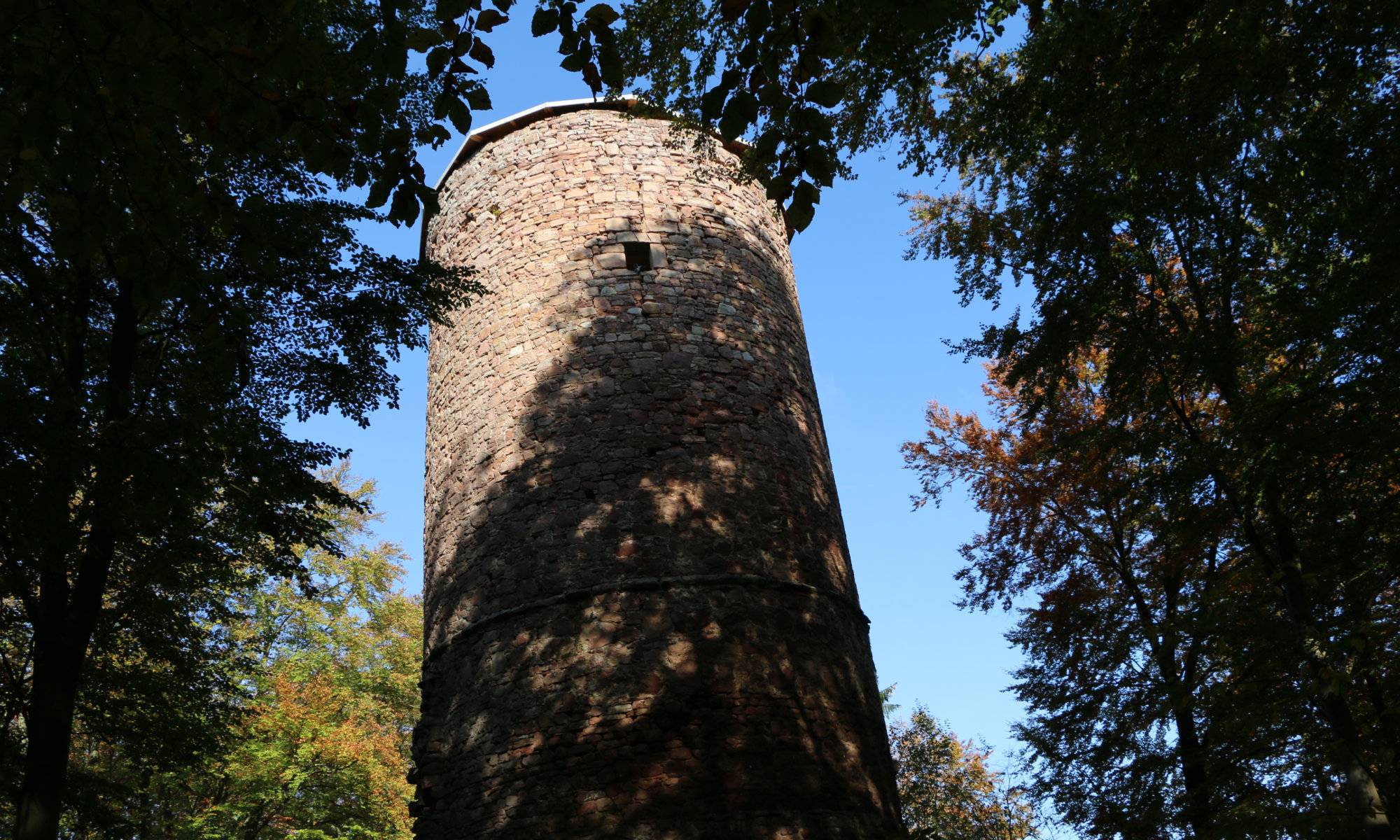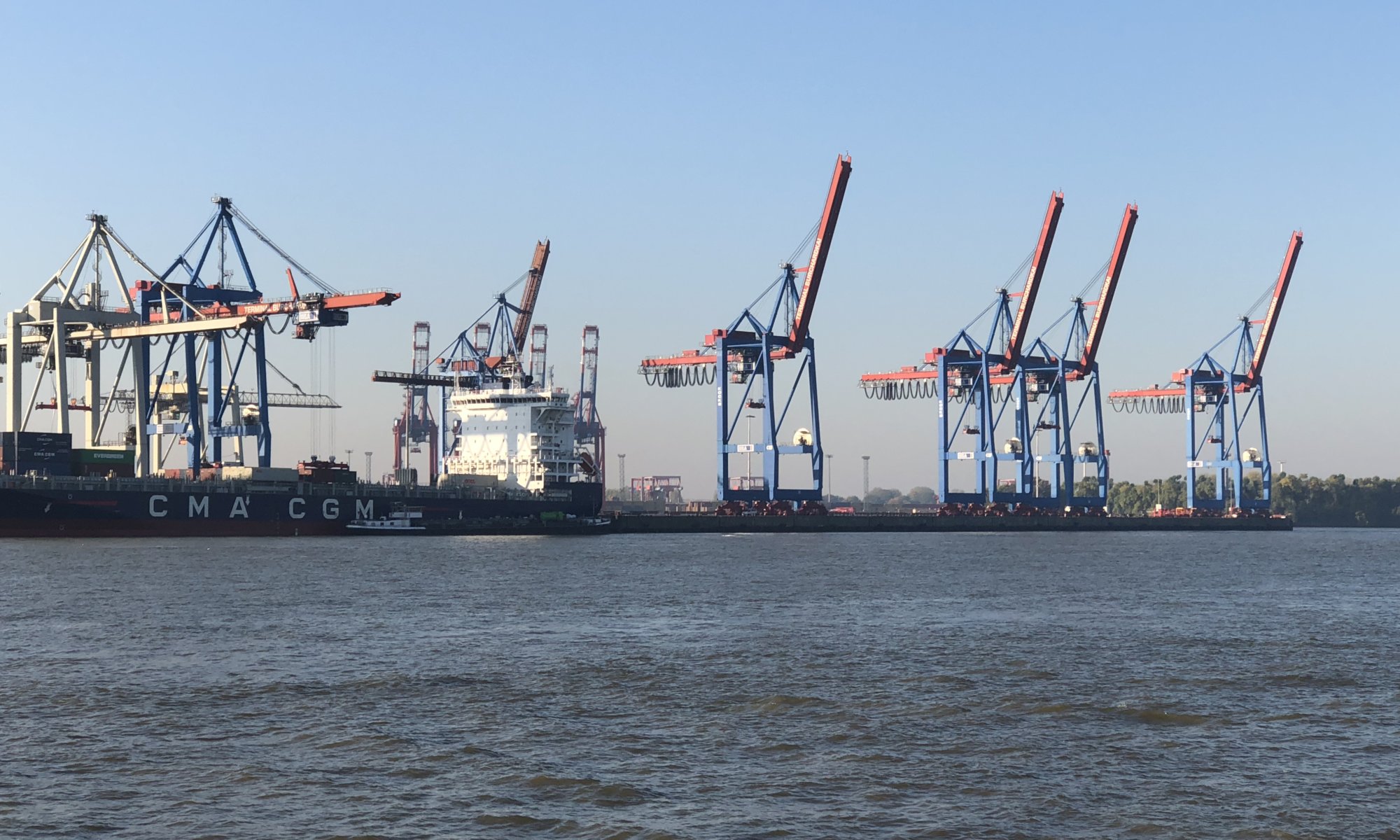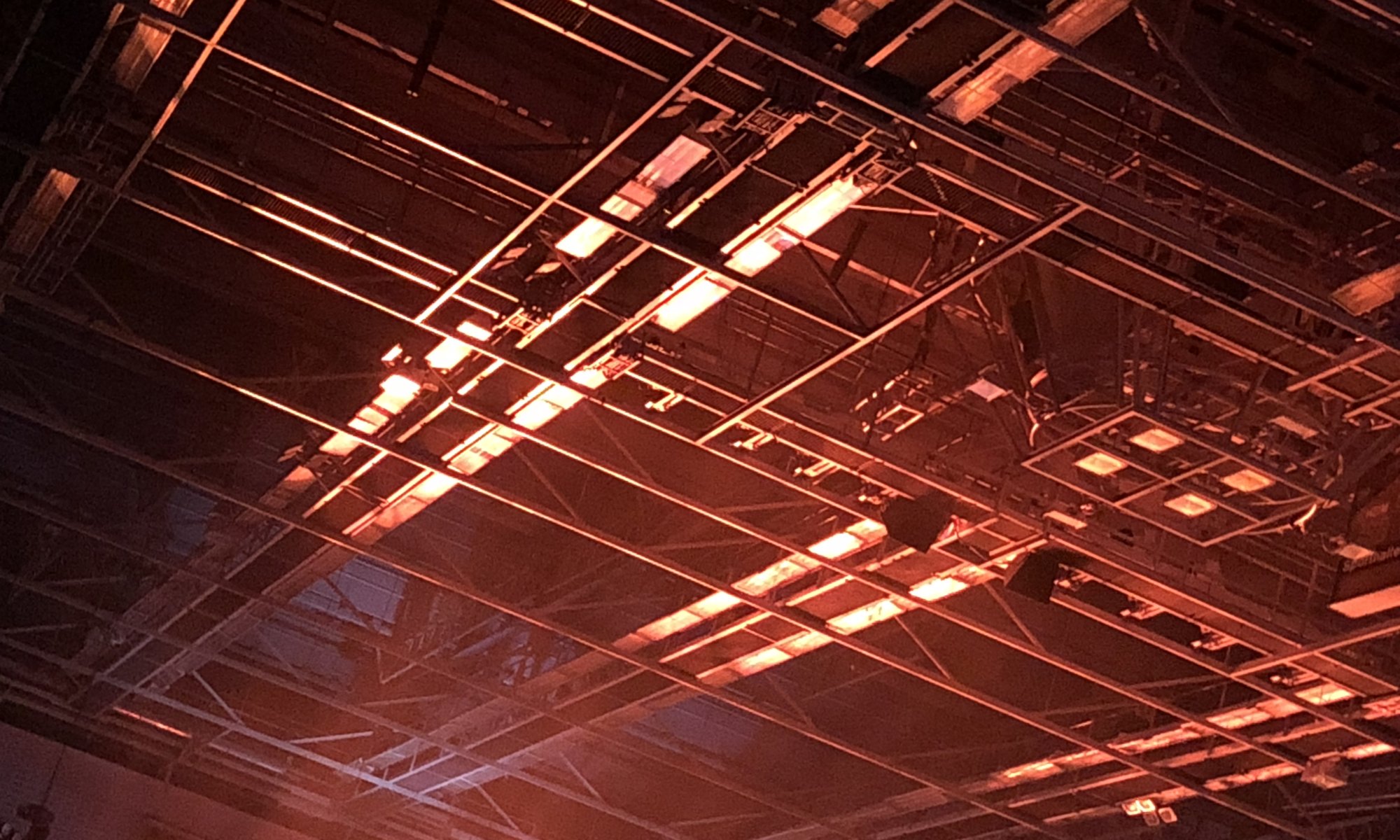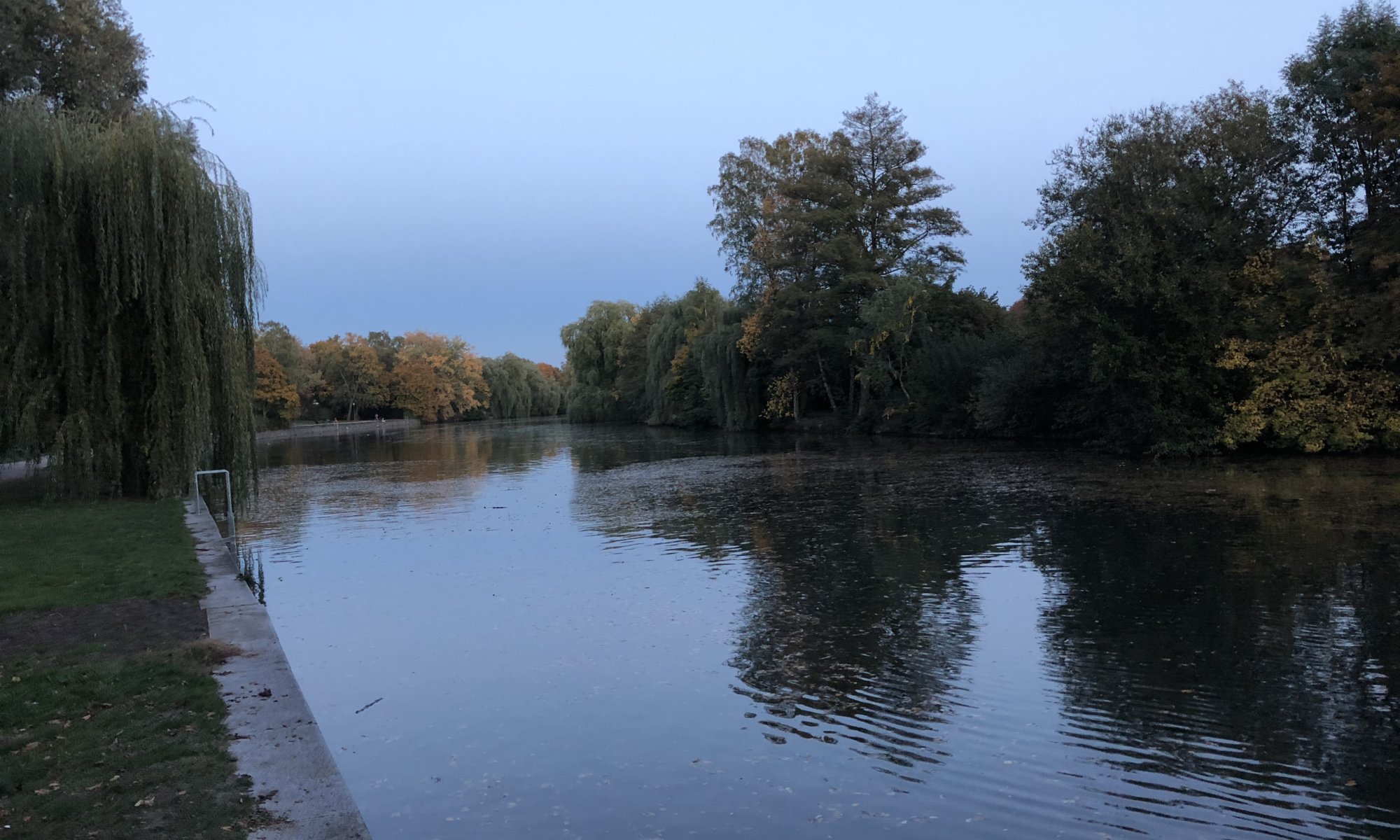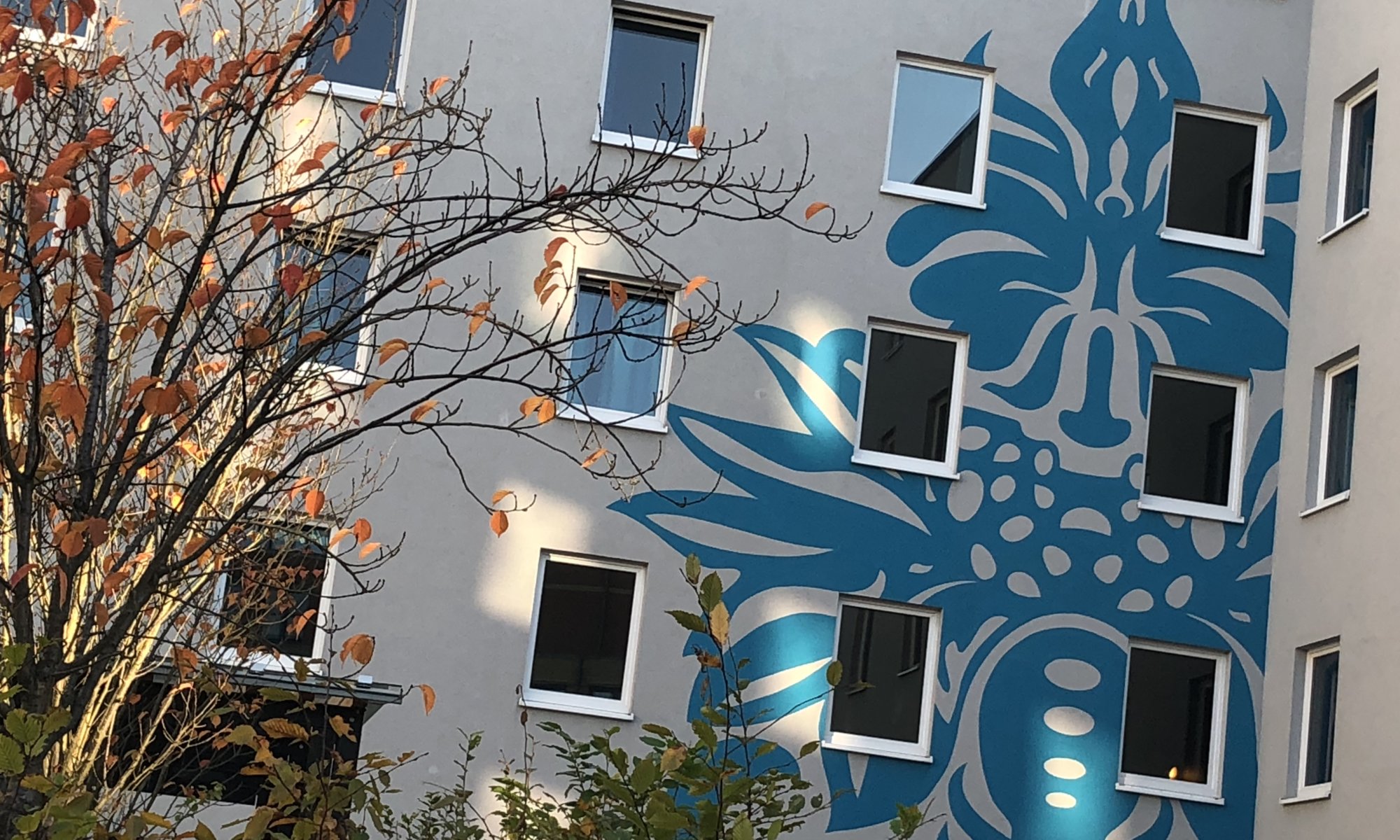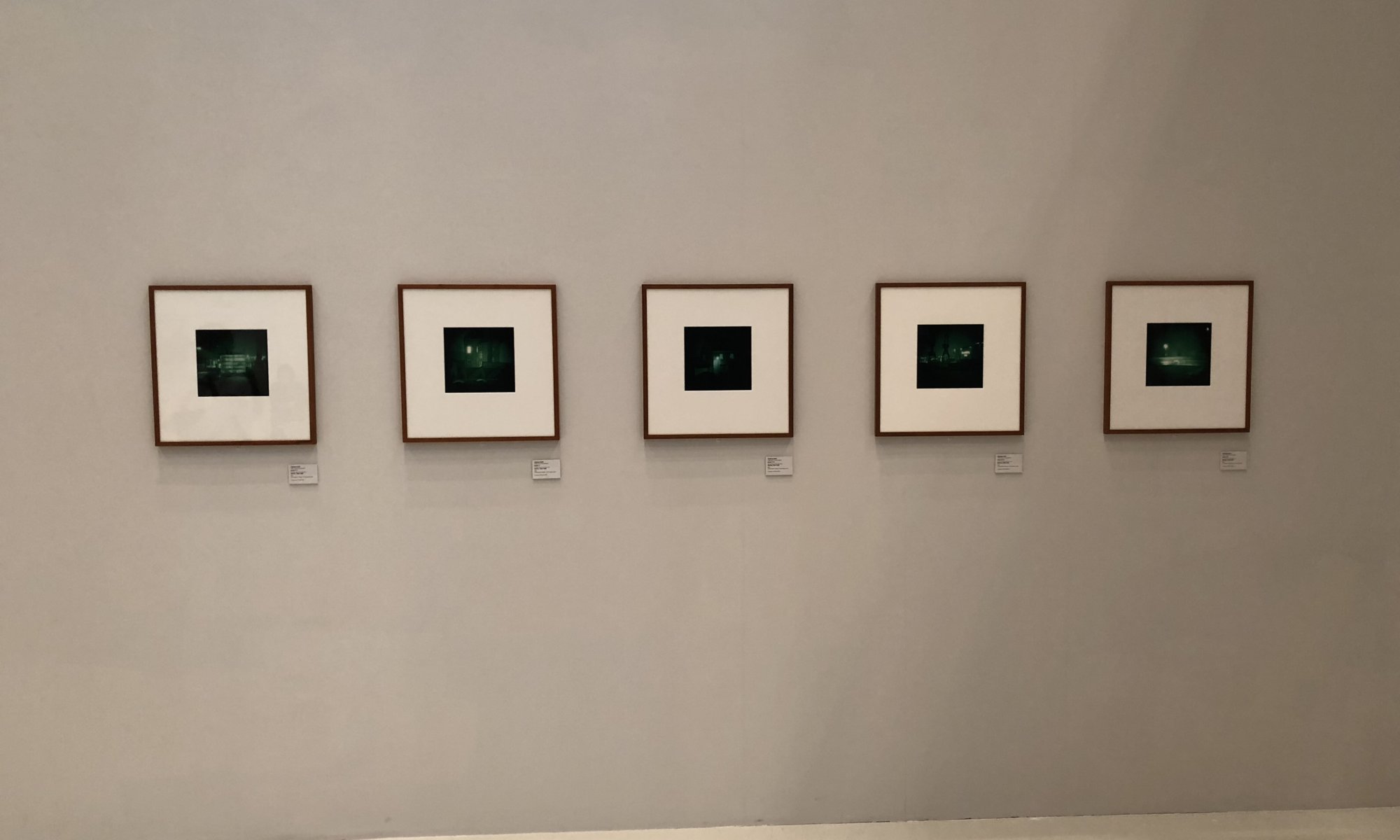The Nieme is a 16 kilometers long river starting in the Bramwald near Varlosen and running into river Weser near Bursfelde, Hann. Münden, Germany. It then runs through a wonderful valley and sometimes cuts deep into the landscape. At its end the section has been changed by humans multiple times and has now been brought back to its natural look. Continue reading “Niemetal”
Strandhaus37
The Freibad Weende at the city quarter Weende belonging to Göttingen, Germany was the outdoor swimming pool of my childhood. Our garden was nearby, for many years I had a season ticket and went here many times. Then it came to age and had to be refurbished – and it changed its character during this process.
Continue reading “Strandhaus37”Am Steilhang
The small city of Adelebsen, Germany was once a special place for Jewish citizens. At the end of the 17th century they were invited to live there, in the year 1848 around 13 percent of the population was Jewish. That’s why Adelebsen has been called ‘small Jerusalem‘ sometimes.
Continue reading “Am Steilhang”Burg Adelebsen
At Adelebsen, Germany on a hill next to the city center you can find the remaining buildings of the fortress and castle of Adelebsen. It dates back to the year 1234 and was home to the local nobility. Their line ended in 1957 with the death of Georg Freiherr von Adelebsen, the castle is now owned by a foundation. Continue reading “Burg Adelebsen”
Bramburg
Hidden in the forest between Hemeln and Glashütte belonging to Hann. Münden, Germany you can find the ruin Bramburg. It dates back to the 11th century CE and today you can see the well-preserved donjon and some rests of the walls. You can’t enter the building but it is nice to explore the area and the forest surrounding it. Continue reading “Bramburg”
Elbufer
Most tourists go to the Landungsbrücken at Hamburg, Germany to get some hanseatic flair. If you’re looking for a good alternative just go to the Fähranleger Neumühlen by ship or car. Then you can have old ships at a harbour, moving container cranes, the river Elbe, giant sea vessels, a sandy beach, bars and rolls with fresh fish. Continue reading “Elbufer”
Sporthalle Hamburg
The Sporthalle Hamburg is a multifunctional indoor arena for different kinds of sports in the north of Hamburg, Germany. I guess it is very good for sport events – but we came there for a concert of George Ezra supported by Ten Tonnes. It will not become my favorite concert location as the sound and the air ventilation weren’t good.
Alster bar
If you need a bistro or bar in the north of Hamburg, Germany near the airport the BRABAND Bistro & Wein might be your choice – it is located directly at a bridge leading over the Alster. We went there because it was located between our hotel and the Sporthalle Hamburg. Continue reading “Alster bar”
Airport nearby
The Motel One Hamburg Airport is a classic Motel One hotel with its unique style. It is located close to the airport of Hamburg, Germany and is therefore probably most often used by travellers. We chose this hotel because it was one of the closest to the Sporthalle Hamburg where you can watch sports and concerts.
Deichtorhallen
One of Europe’s biggest exhibition halls for contemporary art and photography can be found at Hamburg, Germany: the Deichtorhallen. They have been built in 1911 and 1913 and are located close to the city center and the Hafencity. One of them is dedicated to contemporary art, the other to photography – both showing changing exhibitions. Continue reading “Deichtorhallen”
